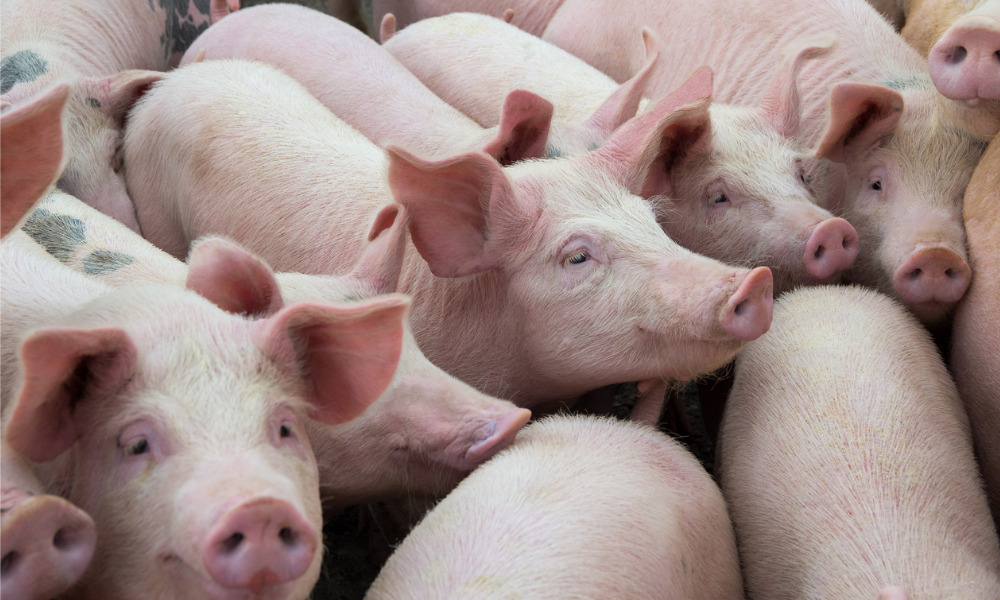The claimant could have drawn a plausible inference of the defendant's liability by this date

The Court of Appeal for Ontario has ruled that a possible claimant was deemed to have sufficient knowledge of a claim when he met with his insurer to discuss the event, and the date of this meeting was used to determine whether the claim was statute barred.
In Gordon Dunk Farms Limited v. HFH Inc., 2021 ONCA 681, the appellant engaged the services of the respondents to build a hog barn, which collapsed a year after it was built. The appellant’s insurance covered a portion of the loss, and the appellant sued the respondents for the remainder more than two years after the incident. The respondents set up a limitations defence and moved for summary judgement.
After considering the evidence, the motions judge ruled that the claim was statute barred. He found that the appellant knew or ought to have known the facts necessary to file the claim as early as May 12, 2014, when they met with the insurance adjuster to discuss the situation. Since the claim was filed on May 26, 2016, or more than two years after such knowledge, the action was statute barred, he said.
On appeal, the appellants argued that while they knew some of the facts beforehand, other facts such as deficiencies in design, construction, and inspection of the construction only arose after the report from the insurance company, and thus, those claims are not statute barred.
The Court disagreed.
The discoverability of a claim can be determined by the “plausible inference of liability” test. Recently confirmed in Grant Thornton LLP v. New Brunswick, 2021 SCC 31, the test states that “a claim is discovered when a plaintiff has knowledge, actual or constructive, of the material facts upon which a plausible inference of liability on the defendant’s part can be drawn.”
The motion judge found that the appellant, shortly after the incident, had enough knowledge to infer that the respondents’ negligent design, construction and inspection of construction were responsible for the collapse. This was as early as May 12, 2014, when the appellant’s principals met with the insurance adjuster to discuss the incident. Thus, the Court agrees with the motion judge that the “plausible inference of liability” test was satisfied.
As to whether the claim is statute barred, “the action must be commenced within two years of when the plaintiff knows or ought to know that the defendant committed some act or omission that caused the loss or damage,” said the Court. Since the appellant’s principals knew they had a claim for negligence as early as May 12, 2014, and the claim was filed on May 26, 2016, or beyond the two-year period, the motion judge was correct in ruling that the claim was statute barred, said the Court.










